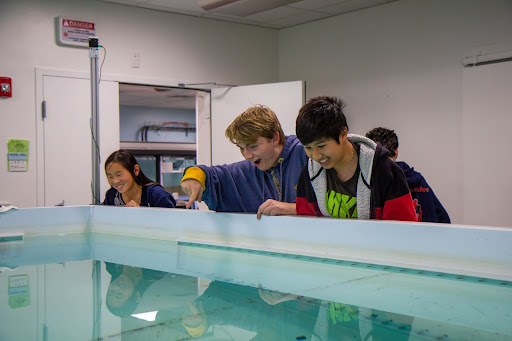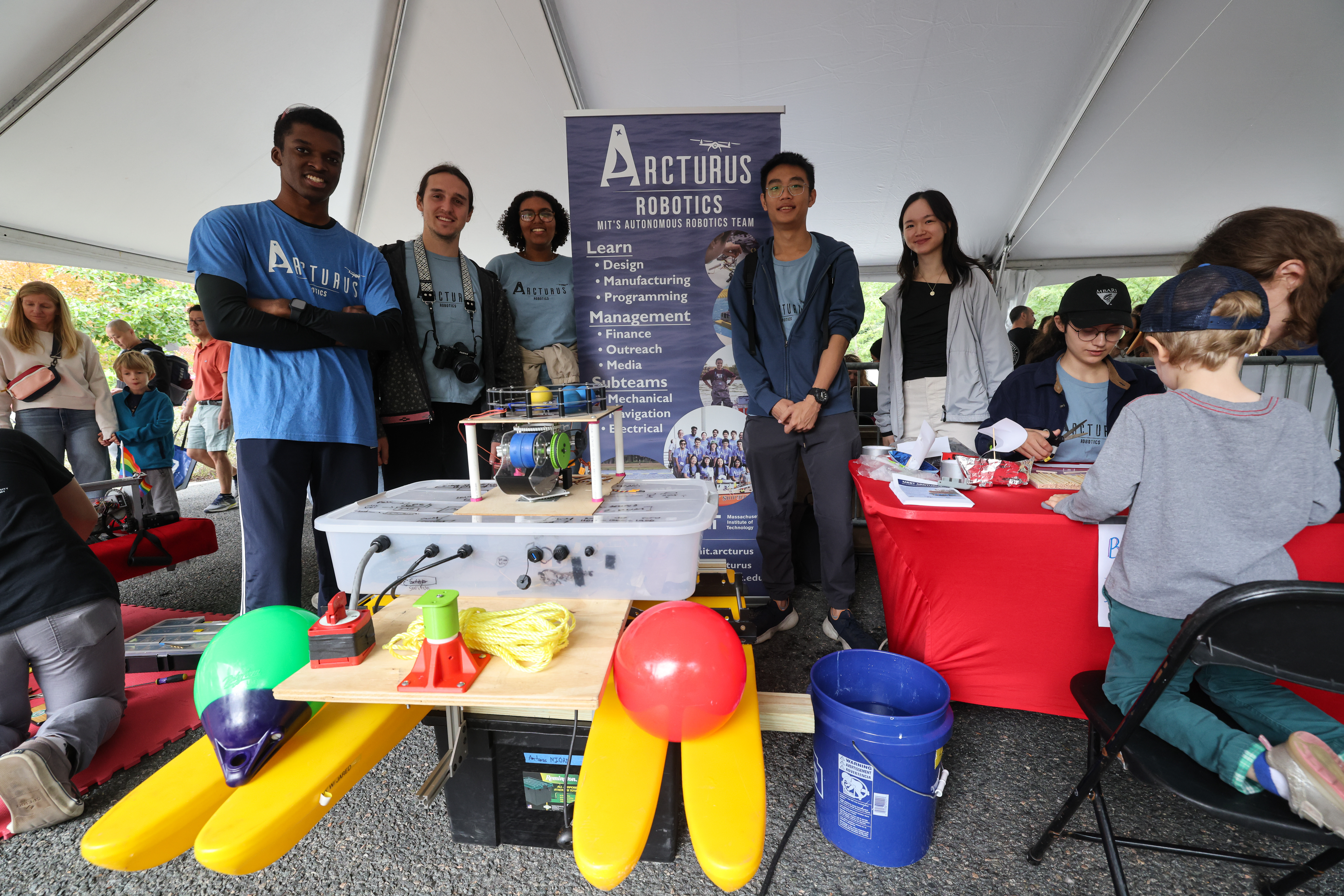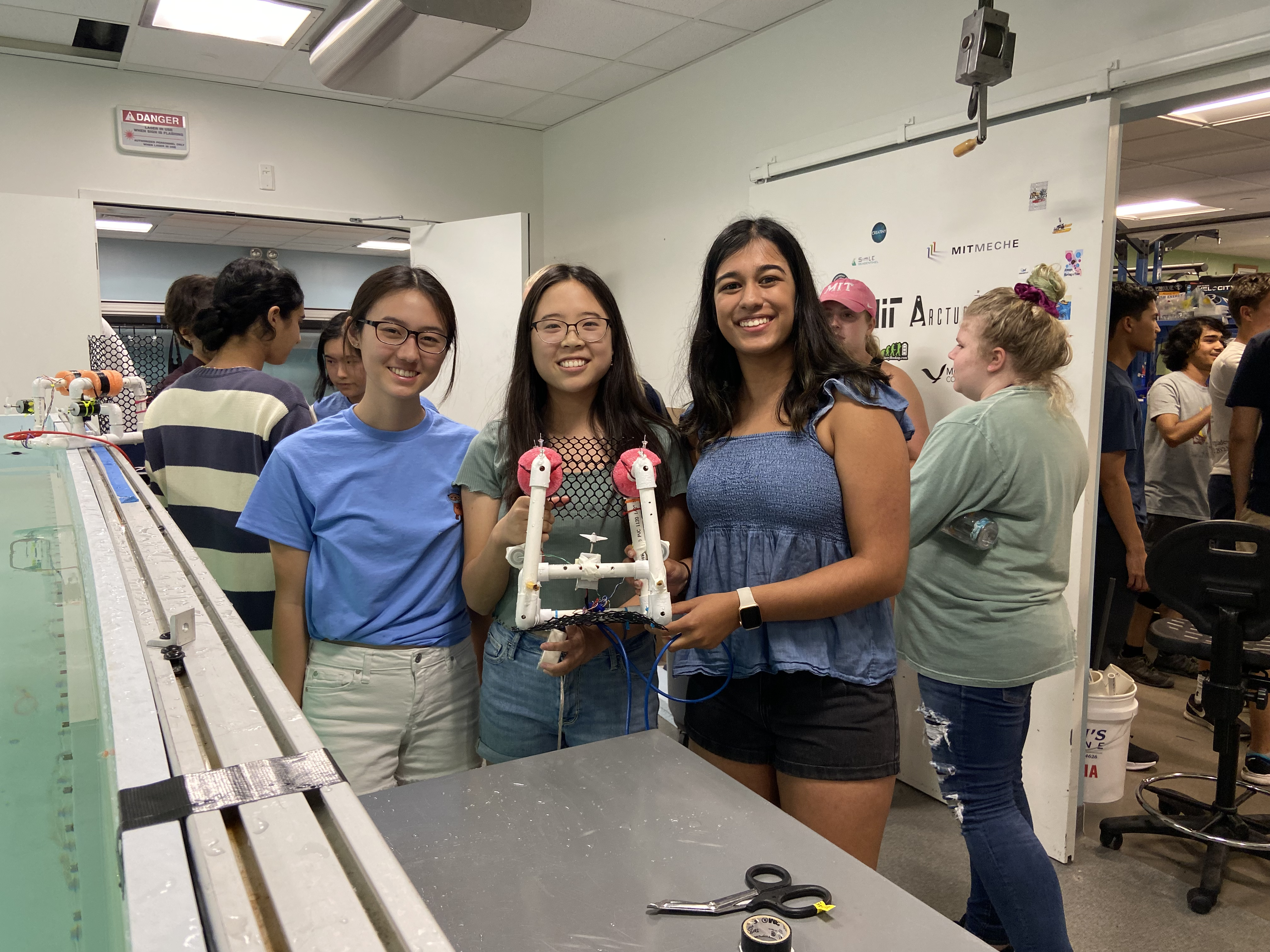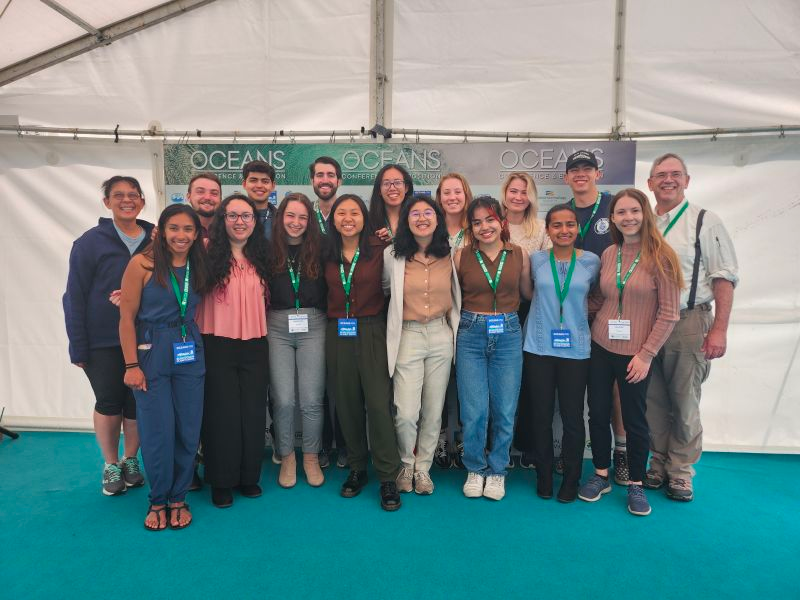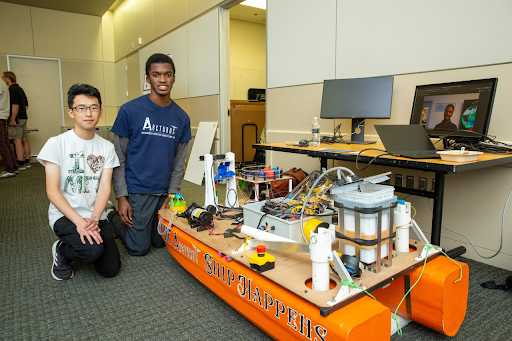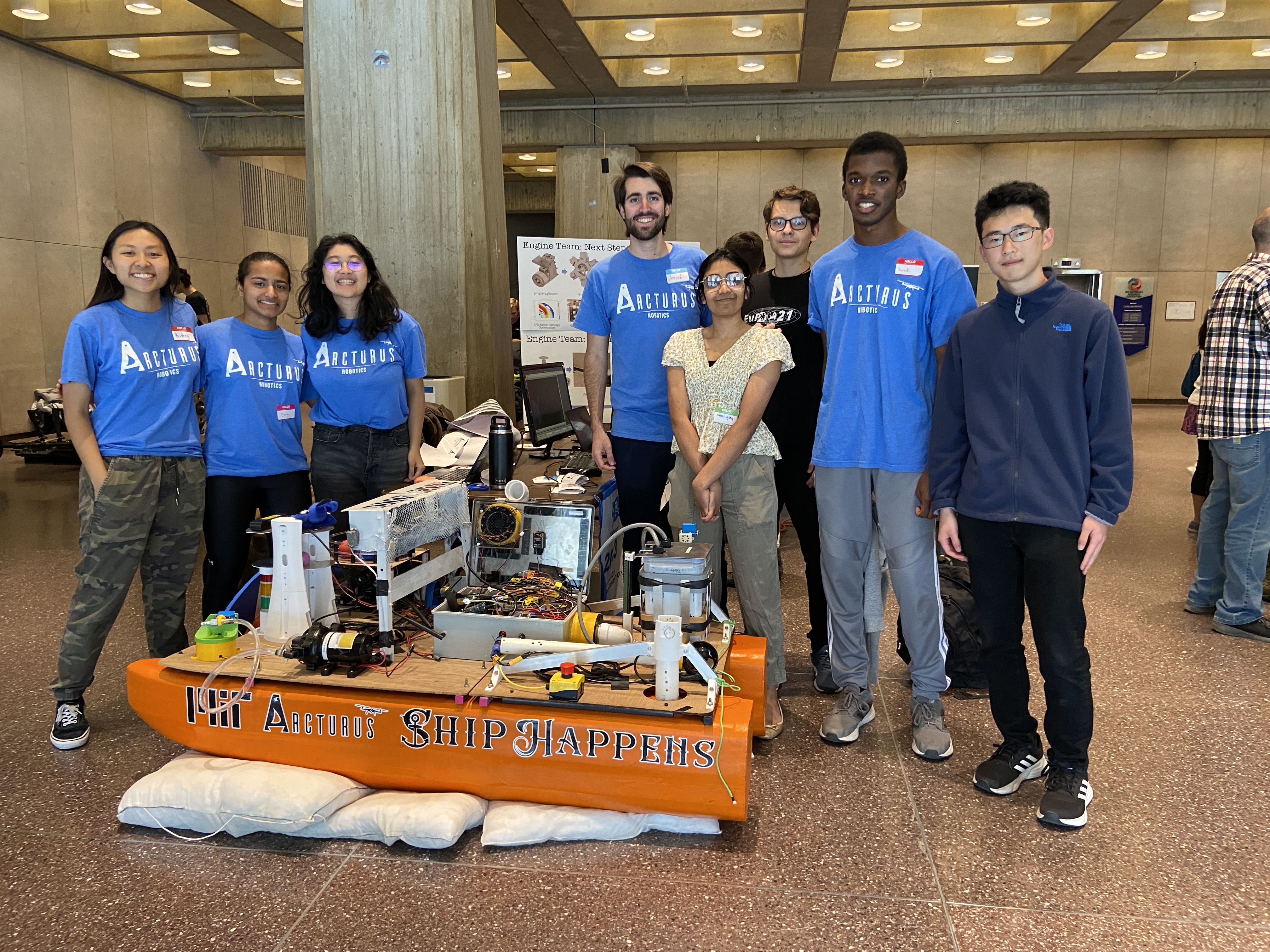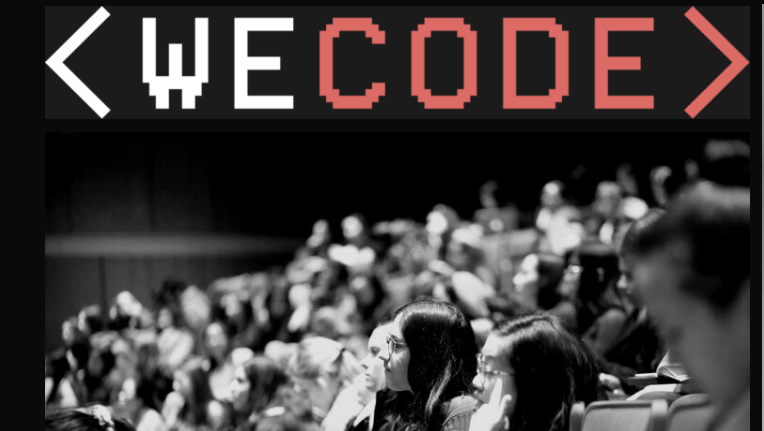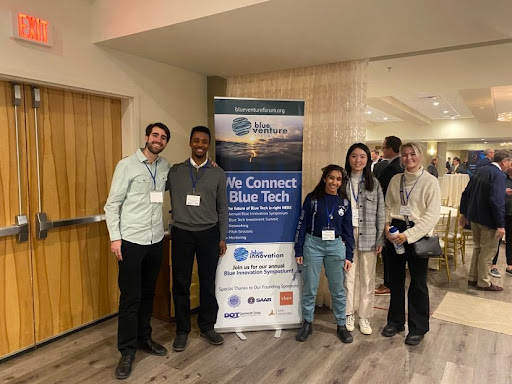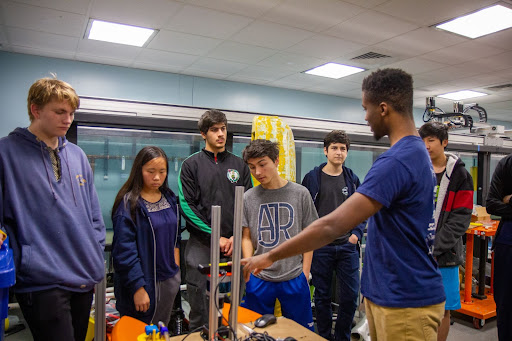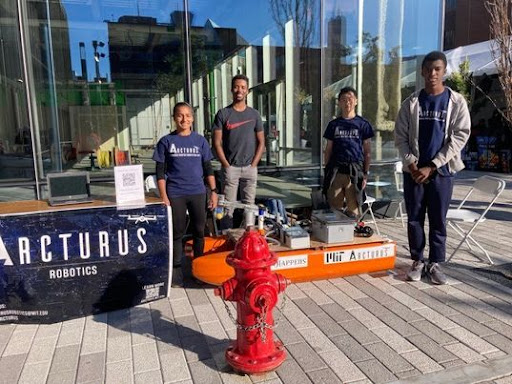Outreach
We love autonomous robots here at Arcturus, and we want to share our tech with our community! Autonomy is a concept that may be unfamiliar to people without an engineering background, so we make a concerted effort to accommodate various levels of knowledge during our outreach events. Here are some examples of events we have run or attended!
